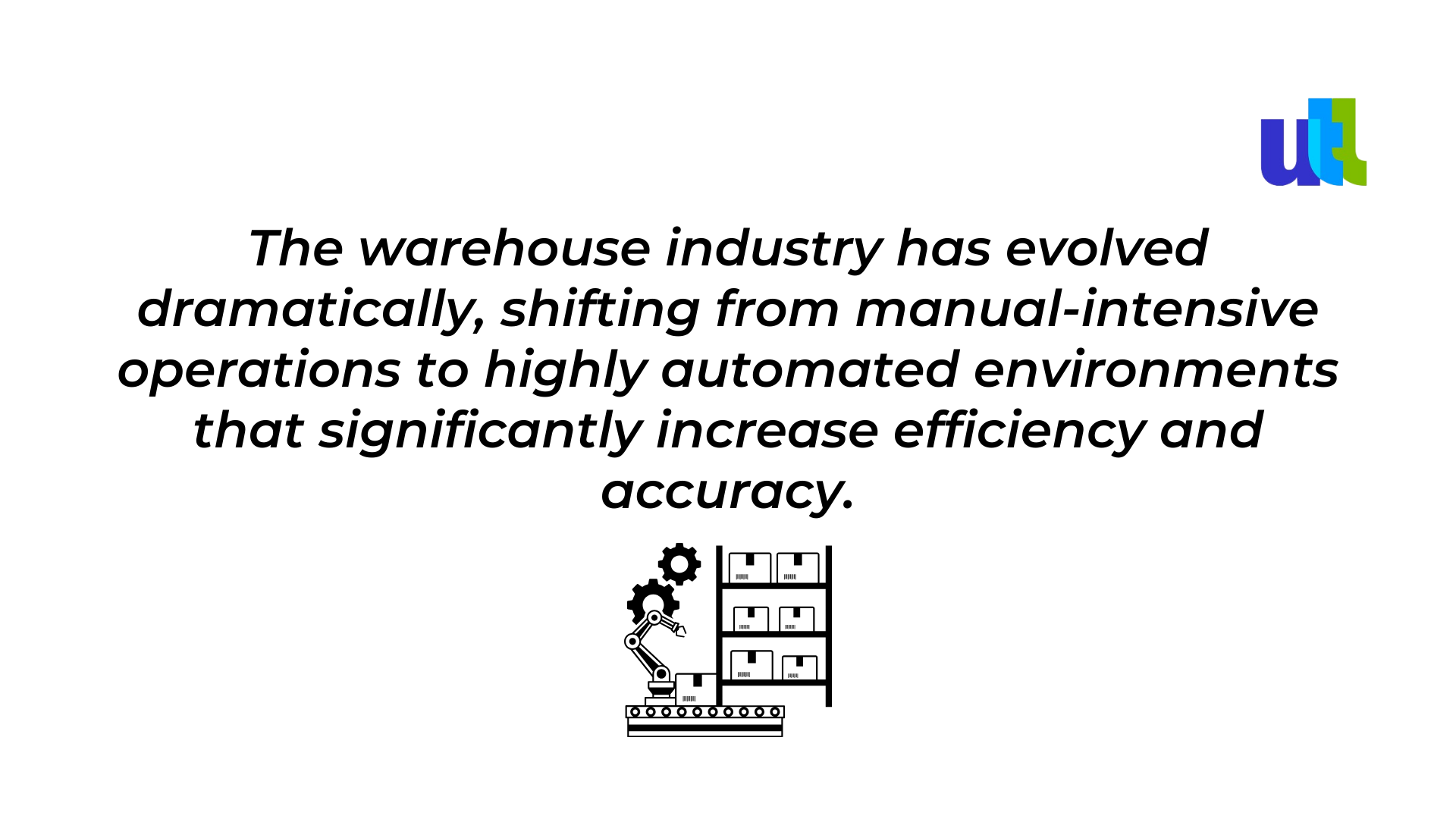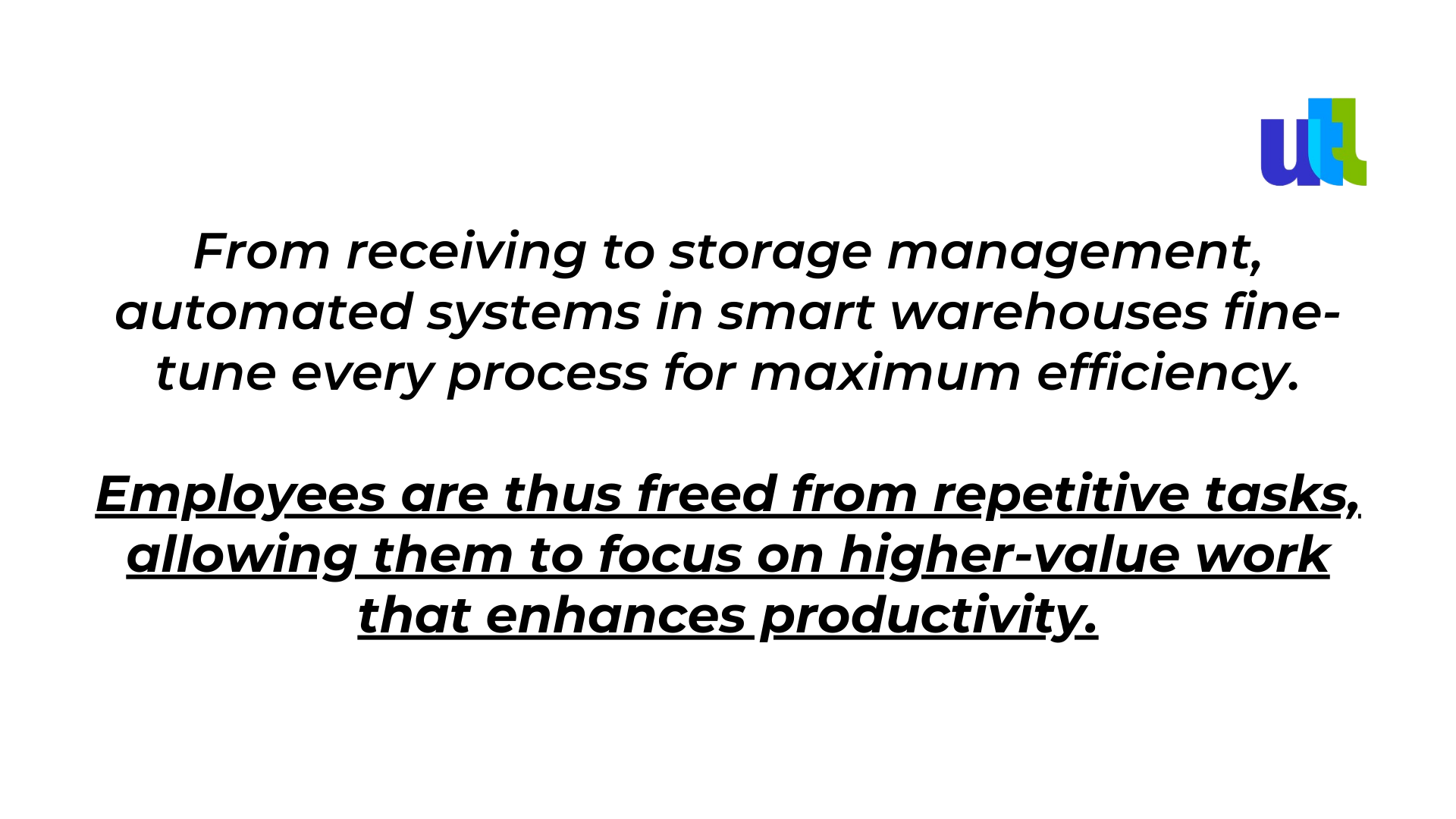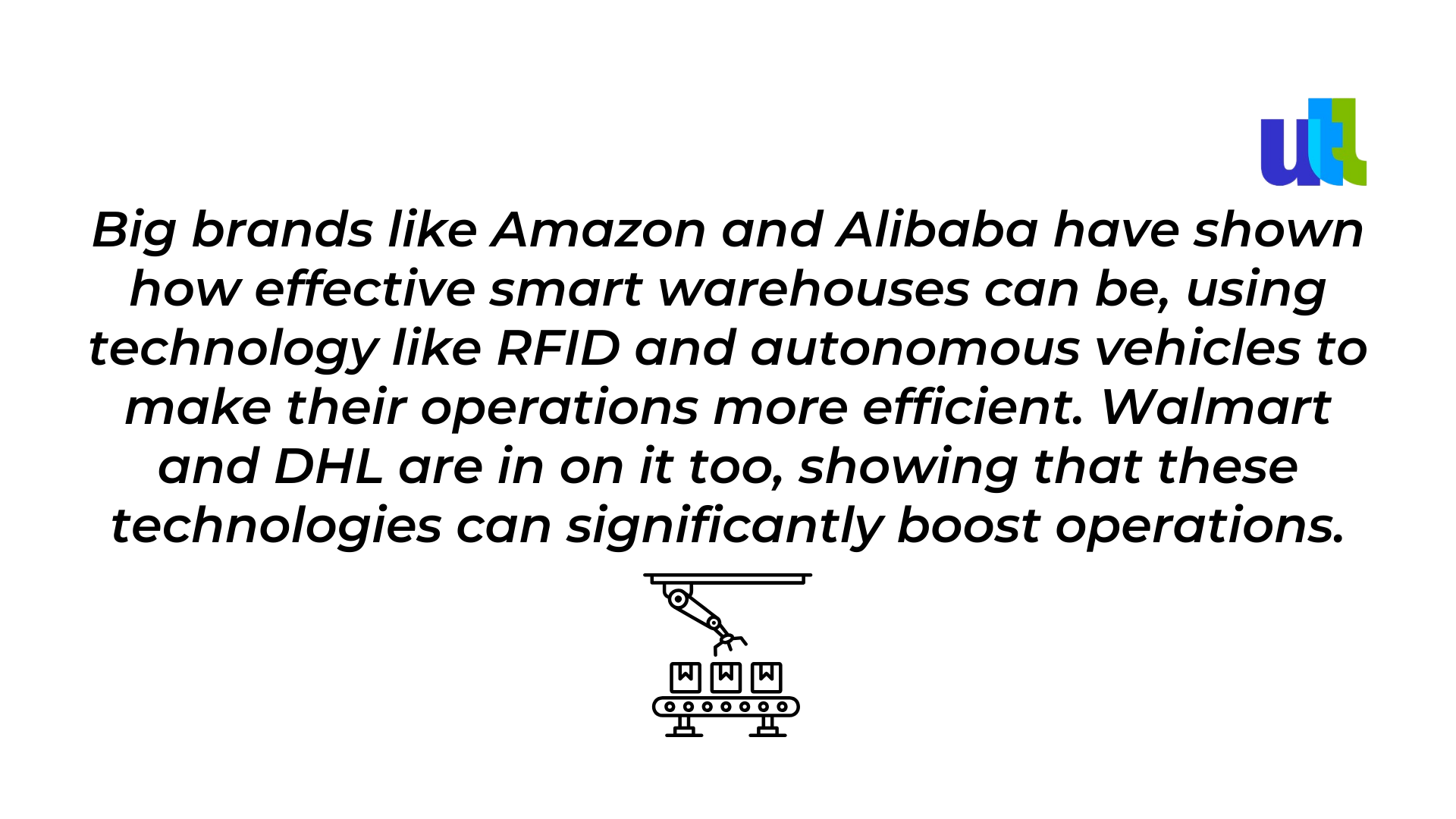The surge in e-commerce and the escalating consumer expectations for swift delivery have positioned smart warehouses as the new benchmark in storage and distribution management. They bring a plethora of advantages, including heightened efficiency, precision, cost reductions, and enhanced customer experience.
The recent pandemic laid bare the vulnerabilities in the global supply chain, with a staggering majority of Fortune 1000 companies reporting significant disruptions. In response, there's been a shift towards more resilient and adaptable supply chain models, largely driven by digitization.
Digital transformation is revolutionizing value creation and delivery, as companies rapidly adopt technologies that bridge the physical and digital worlds. The Internet of Things (IoT) is a cornerstone of this evolution, enabling devices to communicate and share data across the web. This integration is key to developing artificial intelligence (AI) systems that can serve as the central nervous system of a smart warehouse, translating human directives into machine actions and vice versa, thus streamlining operations and preventing system failures.
In essence, IoT serves as the infrastructure's backbone, ensuring continuous data flow and enabling prompt responses to warehousing needs. Coupled with automated control platforms and a comprehensive Warehouse Management System (WMS), these innovations aim to improve inventory control, increase efficiency, and work in harmony with collaborative robots to redefine the future of warehousing and distribution.
What are smart warehouses?
Smart warehouses employ a suite of sophisticated technologies to drive efficiency and productivity, making them a game-changer in the way companies store and distribute goods.
A smart warehouse harnesses cutting-edge tech such as Warehouse Management Systems (WMS), the Internet of Things (IoT), Automated Storage and Retrieval Systems (AS/RS), and Collaborative Robots (cobots), to enhance operations across the board. The main goal is to boost efficiency, manage inventory more effectively, and reduce costs. These automated facilities offer key benefits like improved asset tracking, fewer errors, reduced return rates, better customer experiences, and faster shipping—essentially setting a new standard for the modern supply chain.

This transition is driven by the necessity for businesses to remain competitive by streamlining their supply chain and warehousing activities. The integration of smart systems into warehouses enables organizations to leverage the many perks of automation, such as cost savings and superior customer service.
Central to smart warehouses have four pivotal elements: a robust Warehouse Management System (WMS), IoT connectivity, sophisticated AS/RS, and cobots. These components are the backbone of any intelligent warehousing solution, providing the synergy between artificial intelligence, machine learning, and robotics needed to revolutionize storage and distribution processes.
Warehouse management system (WMS): A WMS is crucial for consolidating data and managing warehouse processes. It's designed to mesh with a company’s existing systems, offering sustainable and adaptable solutions. It boosts productivity, provides comprehensive logistics oversight, and adapts seamlessly to both internal and external supply chain dynamics.
Internet of things (IoT): IoT in warehousing allows for seamless device communication, enhancing data accuracy, and speeding up operations. It plays a key role in inventory accuracy and machine maintenance, helping to prevent costly downtime and ensuring smooth operations.
Automated storage and retrieval systems (AS/RS): AS/RS technologies are transformative, improving the speed and precision of picking processes and integrating closely with WMS for a more cohesive operation.
Collaborative robots (Cobots): Cobots work alongside humans to tackle complex tasks, reduce manual labor, and increase operational efficiency. They are becoming integral to warehouse operations, aiding in process optimization and labor cost reduction.
As businesses continue to navigate the complexities of supply chain management, the adoption of smart warehouse technologies is not just an advantage—it's becoming a necessity. These intelligent systems are setting new benchmarks for how businesses handle inventory and execute day-to-day operations, making them a vital component of modern warehousing strategies.
The unmatched advantages of smart warehousing
Smart warehouses represent a revolutionary shift in business operations, particularly in areas of order fulfillment and product delivery. These automated systems are integral to modern logistics, enabling companies to surpass the evolving expectations of a swift market.
At the heart of a smart warehouse is the ability to merge with a company’s existing framework, utilizing advanced technologies for optimal performance in both the short and long term. This system's adaptable and scalable nature ensures peak efficiency and productivity. Through dynamic adjustment to operational variables like inventory levels and shipping schedules, a smart warehouse provides stability and flexibility, enhancing the productivity of the entire supply chain.

Managerial advantages of smart warehousing
Smart warehouses bring to the table a range of benefits due to their intelligent, machine-learning-equipped infrastructure, including:
- Supply Chain Transparency: Real-time inventory tracking and Demand Response Planning within Warehouse Management Systems prevent disruptions.
- Agile Operations: Sensor technology detects and rectifies fulfilment errors swiftly, while SaaS platforms update systems without the downtime typically associated with traditional software maintenance.
- Labor Efficiency: The synergy of automation and robotics minimizes the need for manual labor, particularly beneficial during peak times.
- Asset Maximization: Smart utilization of warehouse resources improves return on investment.
- Quality Assurance: Sensors facilitate early detection of maintenance needs, ensuring high service quality and minimizing downtime.
However, the shift to smart warehousing also introduces challenges like the potential undervaluation of skilled labor and significant initial investments for technology and training. Security risks associated with IoT platforms must also be carefully managed.
Consolidated strategic benefits
Implementing smart warehousing systems yields numerous strategic benefits:
- Inventory Accuracy: Automated systems prevent overstock and stockouts, leading to significant cost reductions.
- Error Mitigation: Enhanced accuracy in order fulfillment and inventory management is realized through automation.
- Enhanced Decision-Making: Real-time operational data drives quick, informed responses to market shifts.
- Efficient Processing: Predictive analytics and streamlined workflows expedite order processing, thereby increasing customer satisfaction.
- Cost-Effectiveness: Reducing labor, storage, and transit expenses through automation and predictive maintenance contributes to overall cost-efficiency.
In summary, smart warehousing has become a critical component of the supply chain, delivering essential benefits to businesses striving in a digitally progressive, post-pandemic economy. It is a strategic evolution, not just a passing trend, essential for maintaining competitive advantage in a rapidly transforming marketplace.
Your strategic guide to smart warehouse transformation
Moving to a smart warehouse is a significant step that can be made smoother with a well-planned approach. Begin by examining your current operations to understand where improvements can be made. Look for inefficient spots and get to know the tech you're already using. With this knowledge, you can decide what needs to be upgraded first.
Start with a simple technology update, perhaps with a new Warehouse Management System (WMS), and slowly introduce more automation. Training your team is essential; they need to be comfortable and proficient with the new systems. Keep an eye on how things are going by tracking the right performance metrics, and be ready to make tweaks to get the most out of your smart warehouse.

Embracing a smart warehouse comes with challenges, including the cost of new tech and the need for skilled staff to run it. But these investments are often worth it because they lead to better efficiency and customer satisfaction in the long run. The transition takes time and involves setting up new systems and training, but with patience and the right approach, the benefits to your business can be substantial.
Conclusion
In conclusion, smart warehousing is shaping up to be the backbone of future logistics. These advancements promise to enhance automation, improve real-time data analysis, and optimize inventory management. While challenges exist in adopting these innovative technologies, the potential for streamlining operations and elevating customer service makes the investment worthwhile. As businesses adapt to this new era, driven by Industry 4.0, smart warehousing stands as a critical element in achieving greater efficiency and staying competitive in the evolving landscape of supply chain management. The groundwork laid by this paper offers a strategic roadmap for organizations embarking on their smart warehousing journey, setting the stage for further research and development in this dynamic field.
Utah Tech Labs is at the forefront, providing the necessary expertise and services to support businesses on their journey toward smart warehousing, laying a foundation for ongoing innovation and advancement in this exciting sector.
For free consultation on smart warehousing, click here.
----------------------------------------------------------------------------------------------
View the full presentation:
WRITTEN BY
Milda Butkeviciute
2023-11-24














































































































































































